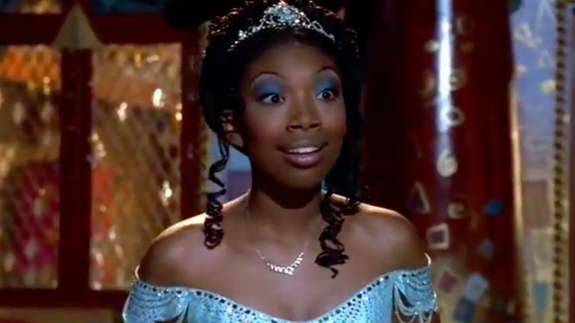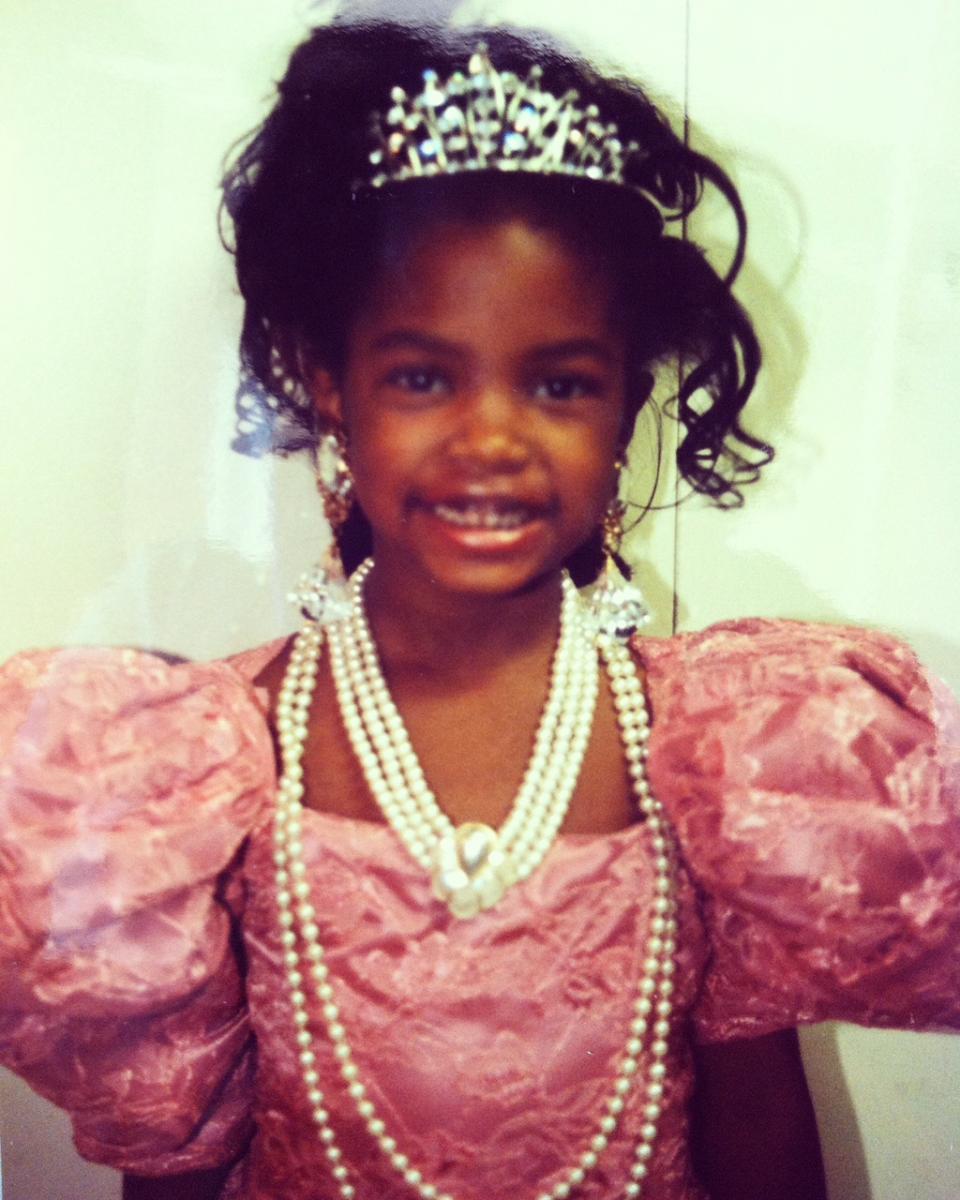What Brandy’s “Cinderella” meant to me as a Black girl growing up in the ’90s

November 2nd was the 20th anniversary of Rodgers and Hammerstein’s “Cinderella,” starring Brandy as the titular princess and the late Whitney Houston as her fairy godmother.
Like any self-respecting Black girl growing up in the ‘90s, I was obsessed with all things Brandy.
I knew the theme song to Moesha by heart. I wore box braids like nobody’s business. In fact, Brandy’s self-titled debut album was one of the first cassette tapes I owned.
And, like many girls at that time, I also loved Disney Princesses. There was just one tiny problem.
None of the princesses looked like me.
Belle, with her bibliophile tendencies, was — and still is — my favorite Disney Princess. She lives in France with all of the books she could ever want…what’s not to love? Except the Beast (at first), but that’s not the point.
The point is that Cinderella, Belle, and Aurora essentially formed the Holy Trinity of Disney Princesses. There wasn’t much room for Black girls in the mix.
And then came Brandy.
It was November 1997, and Disney released a made-for-television musical adaptation of Rodgers and Hammerstein’s Cinderella — but it would be more important to me than any other version of Cinderella I’d seen before.
I don’t recall the exact moment when I first learned that Brandy would reprise the role of Disney’s most iconic princess — but I do remember feeling ecstatic, as if I, too, could somehow grow up and become a Disney Princess. And with Whitney Houston as the fairy godmother?! It felt like it was every Black girl’s dream. I couldn’t wait to soak in all this #BlackGirlMagic on the small screen.
You have to remember, this was years before #RepresentationMatters was a trending topic on Twitter, before things like #OscarsSoWhite, before diversity and inclusion were regularly discussed by media journalists.
I’ve long believed that you cannot be what you don’t see.
Sure, you have the visionaries who were able to become the first in their fields (hello, Barack Obama), but for many of us mere mortals, it takes seeing one of our own make it big before we can conceptualize that same dream for ourselves.
Before Brandy, I didn’t know that Black girls could be princesses because Hollywood and mainstream media didn’t show me otherwise.
But with Brandy came possibility and hope.
Hope that I, too, could have a fairy-tale wedding and marry an Asian prince and live happily ever after. (My prince turned out to be Black, but, you know, semantics.)
Nowadays, young girls of color have a few Disney Princesses to look up to: Tiana, Elena, Moana. But I’ll never forget tuning in to watch the premiere of Rodgers and Hammerstein’s Cinderella 20 years ago, and seeing myself — microbraids and all.
In the movie, Brandy and Whitney Houston sing “Impossible.”
But that night so many years ago proved to me that anything is possible for a young Black girl full of dreams and wonder.


